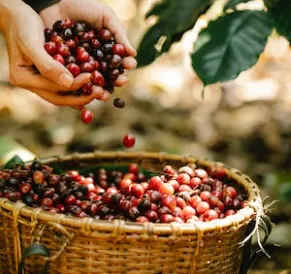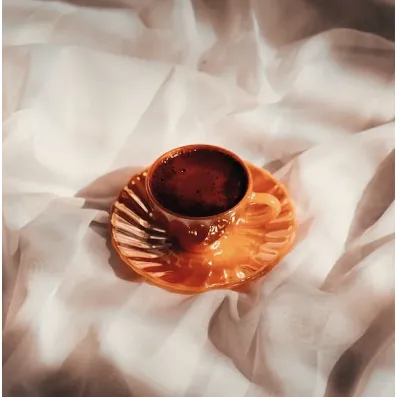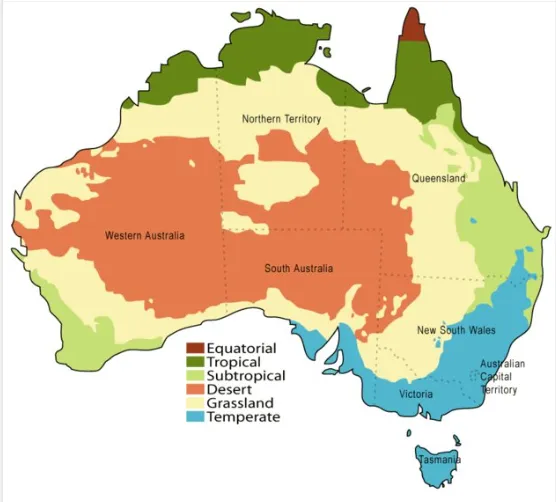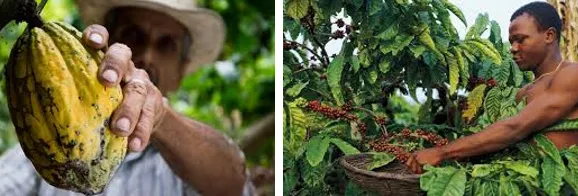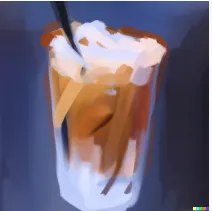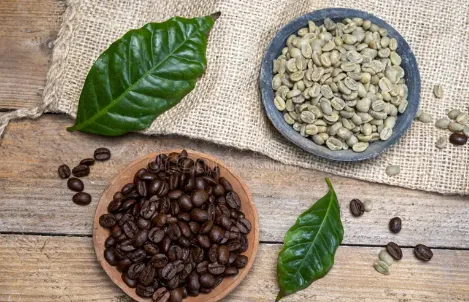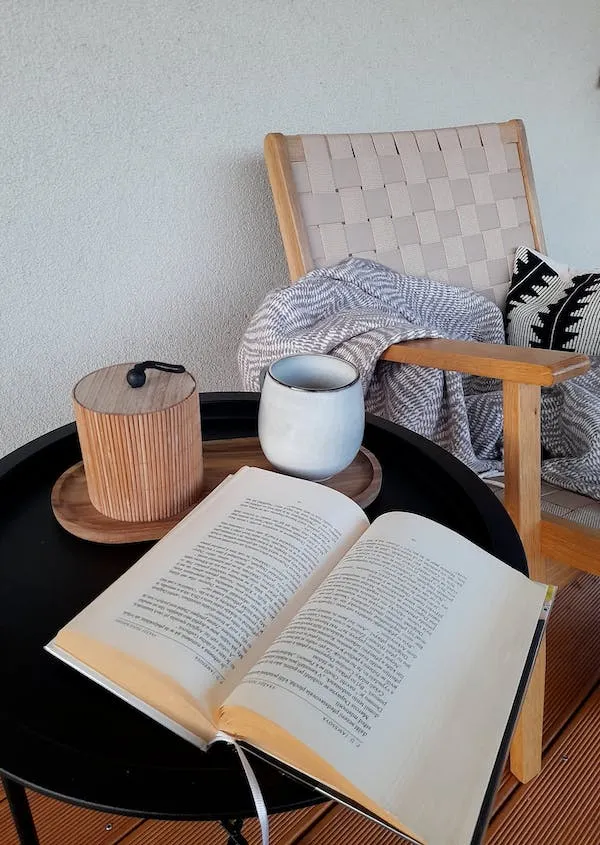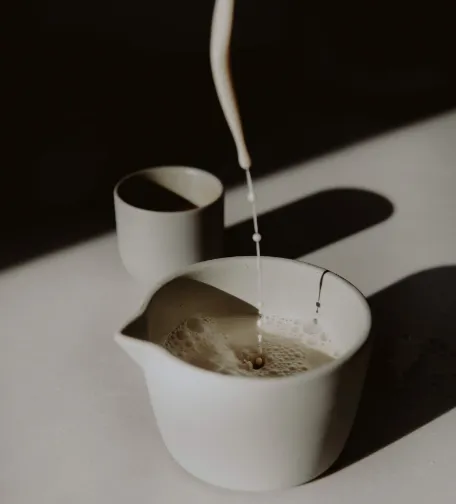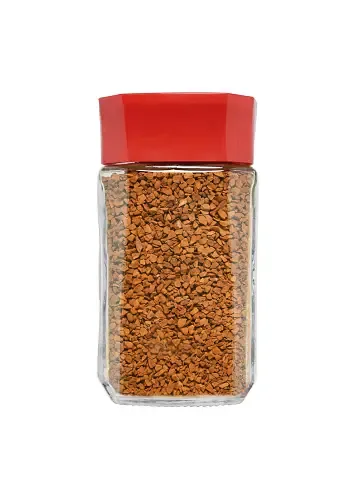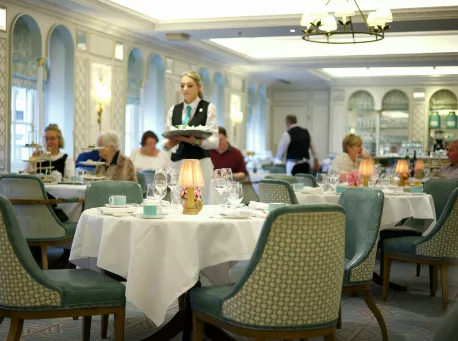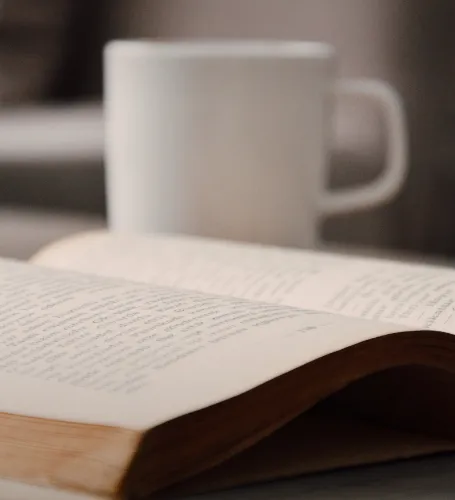The Mysterious Origins of Decaffeinated Coffee: Unveiling the Secret Behind Your Cup of Decaf
Introduction
Picture this: It’s a brisk morning, and you’re sipping a steaming cup of coffee, savouring the rich aroma and the bold flavour. It’s decaffeinated coffee! Have you ever wondered where decaffeinated coffee comes from? Is it grown differently from regular coffee, or does it undergo a mysterious transformation? We’re about to embark on a journey to uncover the origins of decaffeinated coffee, a beverage that brings us the best of both worlds – the pleasure without the jitters.
The Birth of Decaffeinated Coffee
The story of decaffeinated coffee begins with a quest to enjoy the flavorful essence of coffee without its stimulating effects. While coffee is beloved worldwide for its energy-boosting qualities, some individuals seek to indulge in the taste without the buzz. To cater to this demand, the process of decaffeination was born.
Decaffeinated coffee is not a specific variety or cultivar of coffee; instead, it starts its life as regular coffee beans, typically Arabica or Robusta. These beans are grown in coffee-producing regions around the world, from Colombia to Ethiopia and beyond. The magic of decaffeination happens post-harvest, during the processing phase.
Decaffeination Methods
There are several methods for extracting caffeine from coffee beans, each with its unique characteristics and advantages. Here, we’ll explore some of the most common decaffeination methods:
Chemical Solvent Method: One of the earliest and most widely used methods involves using chemical solvents, such as methylene chloride or ethyl acetate, to remove caffeine from the beans. In this process, green coffee beans are soaked in the solvent, which bonds with the caffeine molecules. The solvent is then separated from the beans, taking the caffeine with it. Although effective, this method raises concerns about potential chemical residue in the coffee.
Swiss Water Process: This method stands out for being entirely chemical-free. It starts with soaking green coffee beans in hot water, creating a solution called “Green Coffee Extract” (GCE). This GCE is then passed through activated charcoal filters that capture the caffeine molecules while allowing the flavorful compounds to remain. The result is decaffeinated coffee beans that are 99.9% caffeine-free and naturally processed.
Carbon Dioxide (CO2) Method: In this method, carbon dioxide is used as a supercritical fluid to extract caffeine. Coffee beans are soaked in water to soften them, and then CO2 is pressurized and circulated through the beans. The CO2 bonds with the caffeine, and when the pressure is reduced, it evaporates, leaving the beans decaffeinated. The advantage of this method is that it doesn’t involve the use of chemicals, making it a more natural option.
Ethyl Acetate Method (Natural Decaf): Sometimes called the “natural decaf” process, this method uses ethyl acetate derived from fruits to decaffeinate coffee. Green coffee beans are steamed and then rinsed in ethyl acetate, which selectively removes caffeine. The beans are then steamed again to remove any residual ethyl acetate. This method is less common but is appreciated by those seeking a more natural decaffeination process.
Origins of Decaffeinated Coffee Beans
Now that we understand the various methods of decaffeination, let’s delve into the origins of decaffeinated coffee beans themselves. Decaffeinated coffee can be sourced from coffee-growing regions worldwide, just like regular coffee. The beans are cultivated and harvested in the same way, making them indistinguishable from their caffeinated counterparts in terms of their origin.
For example, if you enjoy the smooth and mild flavour of Colombian coffee, you can find decaffeinated coffee from Colombia. Likewise, fans of Ethiopian coffee can savour decaffeinated beans from the birthplace of coffee. The origin of decaffeinated coffee depends on the specific variety and brand you choose.
Decaffeinated Coffee: The Best of Both Worlds
Decaffeinated coffee has come a long way from its inception as a niche product for those who couldn’t tolerate caffeine. Today, it’s widely available in various forms, including ground coffee, whole beans, and instant coffee. Coffee aficionados can choose from a diverse range of decaffeinated options, allowing them to enjoy their favourite brew at any time of day or night.
Decaffeinated coffee has also made its mark in specialty coffee shops, where baristas craft intricate and delectable beverages using decaf espresso or pour-over methods. This trend has helped to destigmatize decaffeinated coffee, showcasing its versatility and the artistry that goes into creating a delicious cup.
Conclusion
In the quest for the perfect cup of coffee, decaffeinated coffee has emerged as a fascinating and diverse option. Whether you prefer a chemical solvent, Swiss Water, carbon dioxide, or an ethyl acetate decaffeination process, the choice is yours. What’s even more exciting is that decaffeinated coffee hails from the same coffee-growing regions as its caffeinated counterparts, ensuring that you can savour the distinctive flavours and aromas of your favourite coffee origins without the caffeine jitters.
So, the next time you sip on a delicious cup of decaffeinated coffee, take a moment to appreciate the journey it has undertaken – from the coffee farms around the world to the decaffeination facilities that make it caffeine-free while preserving its exquisite taste. Decaffeinated coffee is not just a beverage; it’s a testament to human ingenuity and our unending quest for the perfect brew, allowing us to enjoy coffee’s essence without keeping us up all night.







